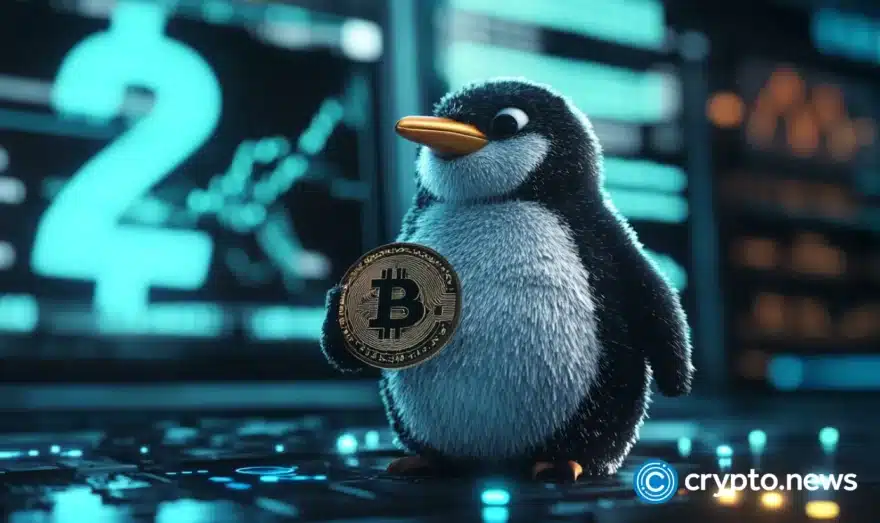Non-web3 communities are doomed | Opinion

Disclosure: The views and opinions expressed here belong solely to the author and do not represent the views and opinions of crypto.news’ editorial.
In recent years, we’ve seen a rise in web3 technology and its potential to reshape the way we think about community building, offering a new way of creating and exchanging value in a decentralized and trustless environment that traditional communities cannot match.
With web3, communities are not just about social interaction but also about creating and exchanging value in a fundamentally different way from conventional methods. As such, traditional communities that are not adapting to the changes risk becoming irrelevant and outdated in the long term.
Unlike traditional communities that often operate in silos, the new era communities are built on the principles of openness and collaboration, enabling communities to connect and collaborate with one another seamlessly and creating a network effect that enhances the value and impact of the entire ecosystem.
As such, traditional communities that are not adjusting to the changes brought about by web3 technology risk falling behind and ultimately becoming obsolete.
Redefining community
Web3 is redefining community by creating new forms of social interaction and collaboration that were simply not possible before. Communities are no longer limited by physical boundaries or central authority, but instead defined by their shared interests and values.
Unlike traditional ones that often operate within narrow geographic, social or cultural confines, web3 communities succeed in connecting individuals and groups across the globe and providing a platform for innovative and inclusive forms of social interaction.
Web3 communities are also redefining value creation and exchange by enabling new forms of economic activity. A few centralized entities no longer monopolize these but are instead distributed among the community members, allowing for new economic models to emerge that are not based on traditional centralized structures.
Home run opportunities
In the past, businesses often viewed their community primarily as a source of revenue. They understood that if they could convince their customers to buy a new product, they would make money.
As a result, much of their community-building efforts focused on marketing and advertising rather than building a genuine sense of connection and engagement with their customers. This approach worked for a time, but as the market has become more competitive and customers have become savvier, it has become clear that businesses need to do more than simply sell products to their communities.
The way non-fungible token (NFT) communities got popular has been swift and powerful, with traditional businesses and organizations of all kinds taking notes. Increasingly, companies are recognizing the value of creating engaged and vibrant communities around their products and services. Web3 is merely providing new tools and approaches to make this happen.
Businesses realize they can create loyal customers who will not only continue to buy their products but also become advocates for their brand. This can lead to a virtuous cycle of engagement and growth, where a strong community fuels the business’s success, and the company’s success, in turn, strengthens the community.
In this way, the shift towards web3 technology is not just a technical innovation but a cultural one, where businesses recognize the value of building genuine, collaborative relationships with their customers.
All that glitters is (not) gold
Perhaps the most significant aspect of web3 communities, however, is that it is built around the idea of community ownership. The users are not just consumers of a product or service but active participants in the development, creating a sense of shared ownership and collective responsibility that is absent from traditional communities.
While traditional communities may continue to exist, their relevance and influence may decline as web3 communities continue to evolve and offer new opportunities for social, economic, and business activity.
Either through collaboration with native web3 communities or by the direct launch of their own web3 campaigns, more companies will experiment and try to leverage what’s currently missing in traditional communities.
The opportunity might be too big to miss.












